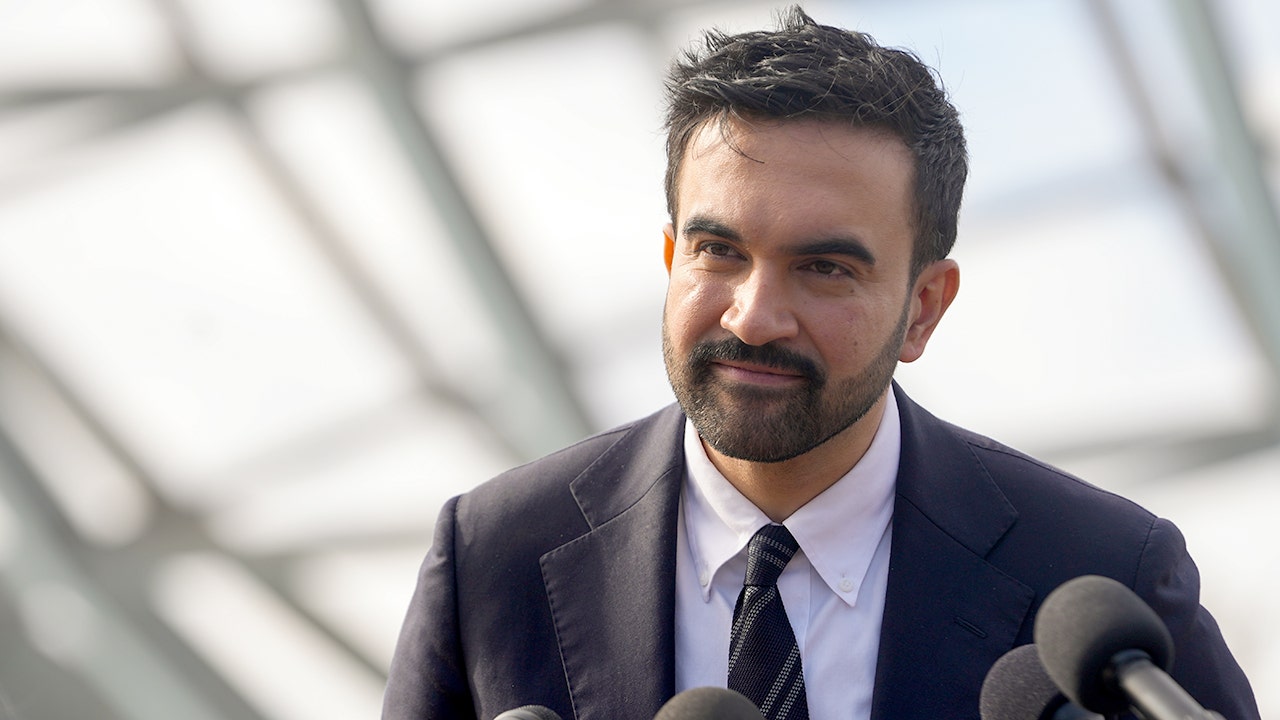Ride-sharing services like Uber and Lyft are an essential mode of transportation in New York City, with thousands of New Yorkers relying on these apps daily. But as their popularity grows, so does the number of ride-sharing-related car accidents.
When an Uber or Lyft ride ends in a crash, it is not easy to determine legal responsibility and how victims are compensated. That’s where the guidance of an auto accident lawyer in New York becomes integral, and understanding the legal side of these incidents is the first step in protecting your rights and pursuing compensation.
The Rise of Ride-Sharing Accidents in NYC
Over the last decade, ride-sharing services have changed how New Yorkers move around the city. With the convenience of booking a car in seconds, companies like Uber and Lyft have added tens of thousands of vehicles to NYC streets. While this has increased transportation accessibility, it has also contributed to a notable rise in traffic accidents.
According to transportation safety reports, ride-sharing vehicles are now involved in a significant percentage of crashes across boroughs. Many of these incidents occur in high-traffic areas like Manhattan’s Midtown or Brooklyn’s Flatbush Avenue, where stop-and-go driving and distracted navigation are common. Unlike yellow taxi services, Uber and Lyft drivers are often not professionally trained, and the pressure to complete more rides can lead to risky behavior behind the wheel.
This rise in accidents has created legal gray areas when it comes to who is liable for damages, so it is crucial to understand them before filing a claim or pursuing a lawsuit.
Who Can Be Held Liable?
Suppose the Uber or Lyft driver caused the accident, whether due to distracted driving, speeding, or running a red light, they may be held personally liable. However, the level of responsibility and insurance coverage they carry depends on their status within the app at the time of the crash.
If the driver was logged out of the app, only their personal auto insurance applies. If they were logged in and waiting for a ride request, Uber or Lyft provides limited liability coverage. If they were en route to pick up a passenger or had a passenger in the car, the ride-share company’s full commercial insurance policy (up to $1 million) may come into play.
In some cases, another driver may have caused the crash, which would shift liability to that individual and their insurer. However, if both the ride-share driver and another party share fault, the legal process becomes even more complicated.
Oftentimes, you would require an experienced car accident lawyer in Manhattan to sort out the details if the accident occurred there.
Insurance Coverage in Ride-Sharing Crashes
One of the most confusing aspects of Uber and Lyft accidents is understanding how insurance coverage works. Ride-share companies offer tiered insurance policies that apply differently depending on what the driver was doing at the time of the accident. Here’s how it breaks down:
Driver Offline (Not Logged Into the App):
When the driver is not using the app, only their personal auto insurance applies. In these cases, Uber and Lyft are not liable.
Driver Logged In, Waiting for a Ride Request:
If the driver is online but hasn’t accepted a ride yet, Uber and Lyft provide limited liability coverage. This is roughly up to $50,000 per person for bodily injury, $100,000 per accident, and $25,000 for property damage.
Driver En Route or Transporting a Passenger:
Once the driver accepts a ride request and is either on the way to pick up the passenger or has one in the car, Uber and Lyft’s full commercial insurance policy kicks in. This includes up to $1 million in liability coverage and possible uninsured/underinsured motorist coverage.
These policies can protect passengers, pedestrians, and other drivers, but only when applied correctly. Navigating this system without legal guidance can lead to delayed or denied claims. That’s why knowing how these policies work and when they apply is essential to building a strong case.
Legal Challenges Victims Face
While the tiered insurance system might appear understandable on paper, ride-sharing accident victims often face challenges when seeking compensation. One of the most common issues is disputed liability with multiple drivers, including the ride-share operator, involved. Insurance companies may attempt to shift blame or delay payouts by questioning whether the driver was truly “active” on the app at the time of the crash.
Another hurdle is insurance claim denial. Victims may not realize they are entitled to coverage under Uber or Lyft’s policies, especially if they were injured as a pedestrian, cyclist, or passenger in another vehicle. In these situations, victims may be pressured into low settlements or denied compensation altogether.
Additionally, ride-share companies are known to shield themselves from liability by classifying drivers as independent contractors. This makes it harder to hold the company directly responsible, even in cases where corporate negligence may be involved.
For example, if a car accident lawyer in Brooklyn is representing a local resident injured by a Lyft driver in Downtown Brooklyn, they may need to fight aggressively to obtain full coverage from Lyft’s insurer, especially if the driver was between rides or logged out of the app.
Without skilled legal counsel, victims can easily fall through the cracks of a system designed to protect corporations more than individuals. That’s why working with an experienced attorney familiar with the ride-sharing landscape is essential to securing a fair outcome.
What to Do If You’re Involved in a Ride-Share Accident
If you’re involved in a crash with an Uber or Lyft vehicle, taking the right steps immediately can make a huge difference in protecting your rights and building a strong case.
- Call 911 to report the accident and get medical assistance if needed.
- Be sure to document everything. Take clear photos of the scene, any damages and injuries, and gather contact information from the driver, passengers, and any witnesses.
- Keep a record of the ride-sharing app details, including the driver’s name, license plate, and ride confirmation number.
- Avoid giving recorded statements or signing documents without consulting a lawyer, as insurance companies may use these against you later.
Finally, contact a specialized auto accident lawyer in New York who knows how to handle ride-sharing cases. They can help you navigate the complicated insurance claims process and ensure you receive the compensation you deserve for medical bills, lost wages, and pain and suffering.
Conclusion
Ride-sharing accidents are becoming an increasingly common challenge for New Yorkers, with complicated liability issues and insurance policies making legal claims difficult to navigate.
If you’ve been injured in an Uber or Lyft accident, don’t hesitate to seek professional legal help. In New York City, your right to fair compensation should never be left to chance.












